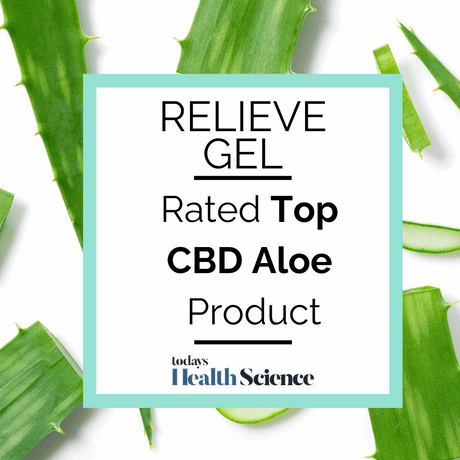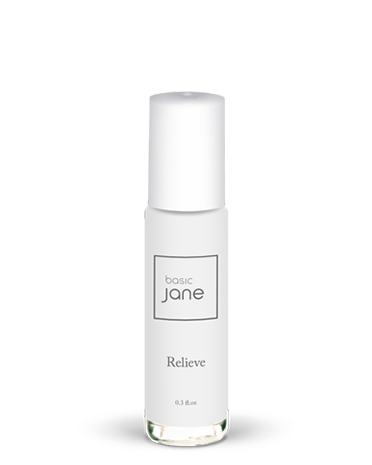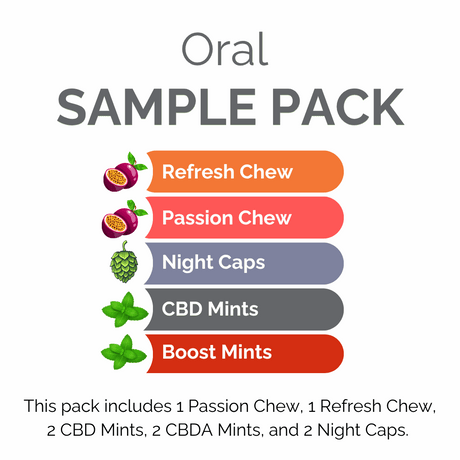Every morning, Josh Chase makes his way from Goetz House, a yellow-and-white cottage in the middle of nowhere Washington, past a makeshift 8-foot “security fence” built from square-cut pieces of lumber and black plastic tarp, down to the greenhouses. A sign hangs on the fence: “PERSONS UNDER 21 NOT ALLOWED ON THESE PREMISES."
He’s on his way to tend his buds. At 25, Chase is the second oldest of four recent college grads who co-founded Amerifarms, a marijuana startup headquartered in Washington’s “Kush Valley.”
The team has four greenhouses stuffed with 2,000 plants — 54 varieties in total — and a proprietary nutrient cocktail that’s supposed to bring out their fattest and most potent nugs. “We’re weeding through to see what [plants] work best with our system,” said Chase, a former financial analyst turned Amerifarms’ master grower. “It’s not just about selling exactly what the consumer wants. As a grower, we have to develop what’s new. We have to figure out the next new things.”
In the Bay Area and Washington state, for example, Girl Scout Cookies — a top-shelf hybrid variety of pot known for its minty, skunky aroma — is really popular. The young company is trying to predict what the next generation of Girl Scout Cookies will be. That process requires a good and stable growing environment, some intuition about how consumers’ tastes will shift, and, perhaps most importantly, a solid understanding of the plants’ genetics. Amerifarms says it’s got the first two. The industry is still trying to figure out the third.
This is the beginning of the Green Rush. Genetics is poised to help entrepreneurs create better, more powerful, and sometimes personalized strains, which can be classified into a Yelp-like rating system that's actually rooted in science. But which entrepreneurs? There's a battle brewing between open-source stoners and Big Weed, and who wins might determine if the pot industry is led by a company like Monsanto or one like Tesla.
The Grateful Dead, ChemDawg DNA and the Amazon cloud
In 2011, right as the legalization movement was picking up steam in several states, Kevin McKernan left biotech giant Life Technologies, the company that had acquihired him just a few years before. On his way out, he signed a non-compete promising he wouldn’t tinker with any DNA-related projects.
“We couldn’t pick up a pipette," McKernan recalls, "except for cannabis because they couldn’t touch that.” He founded Medicinal Genomics, a company focused on marijuana genetics.
Still, he needed to be cautious. The feds weren’t as tolerant as states like Delaware or Connecticut, which had just passed medical cannabis legalization and marijuana decriminalization laws, respectively. His own state, Massachusetts wouldn’t pass medical marijuana laws until the following year. The lawyers told him to keep his paws off pot, in the U.S. anyway.
So McKernan, a veteran of the Human Genome Project, slipped a DNA purification kit through airport security and jerry-rigged a lab in the Dylan Hotel in pot-friendly Amsterdam. His mission was simple: take a sample of a cannabis plant, macerate it, isolate its DNA, and take that back to the States for sequencing. He’d done DNA extraction many times before, though never in a hotel room. Still, he succeeded. He traveled back with a container that housed Chemdawg’s DNA. (He didn't declare it.) DNA is just information, so it’s perfectly legal to work with, even if it comes from cannabis.



















